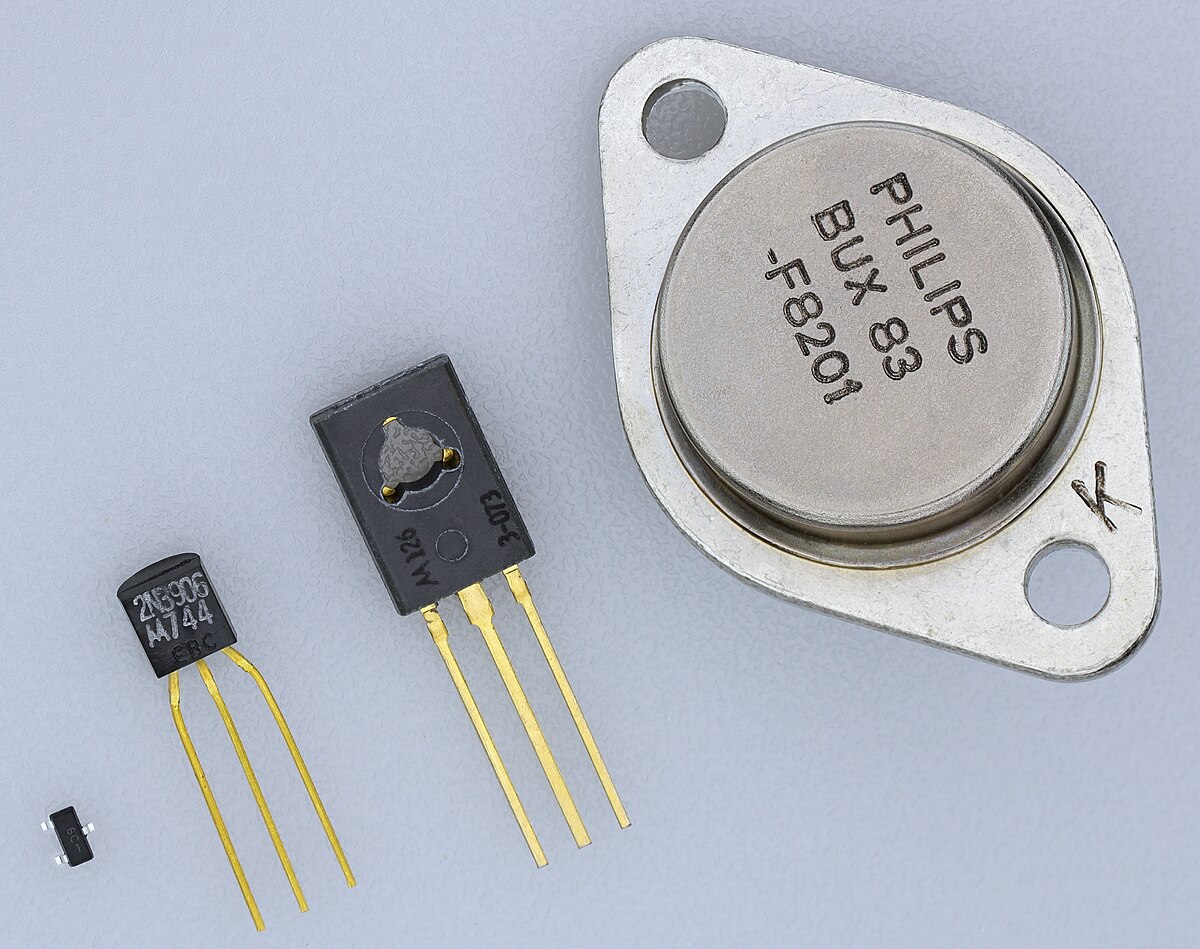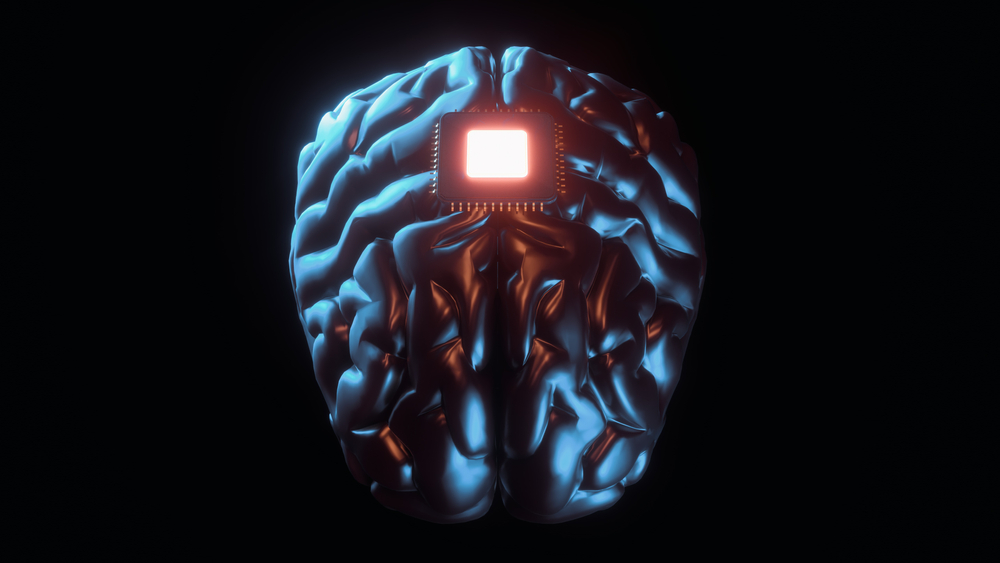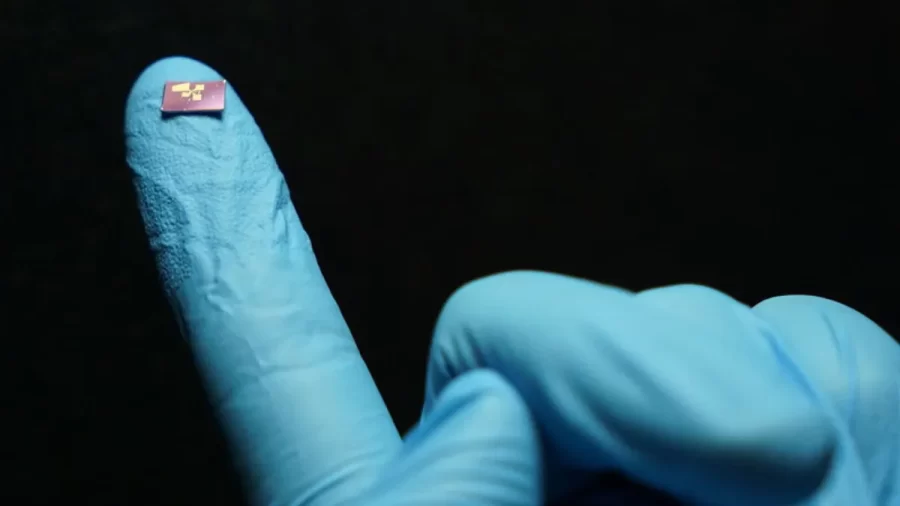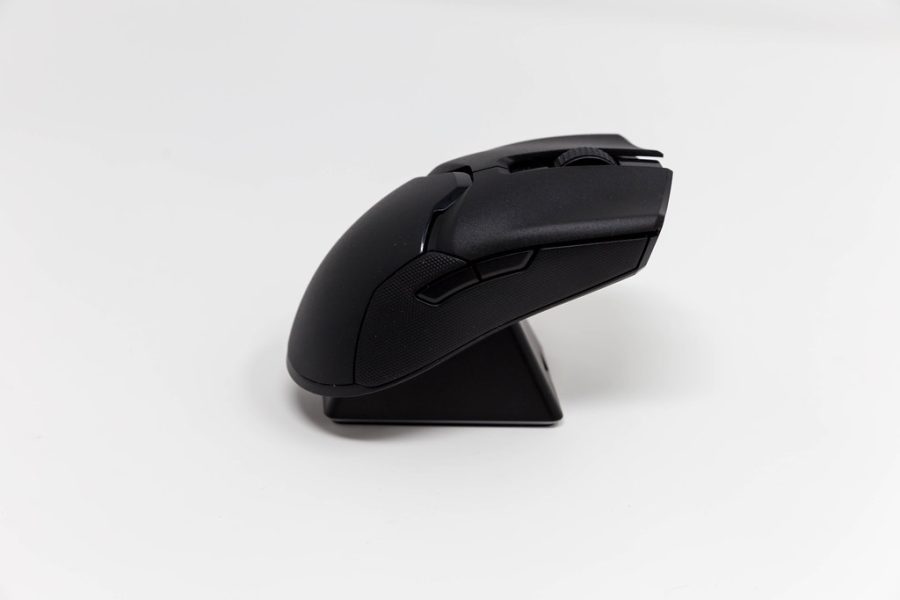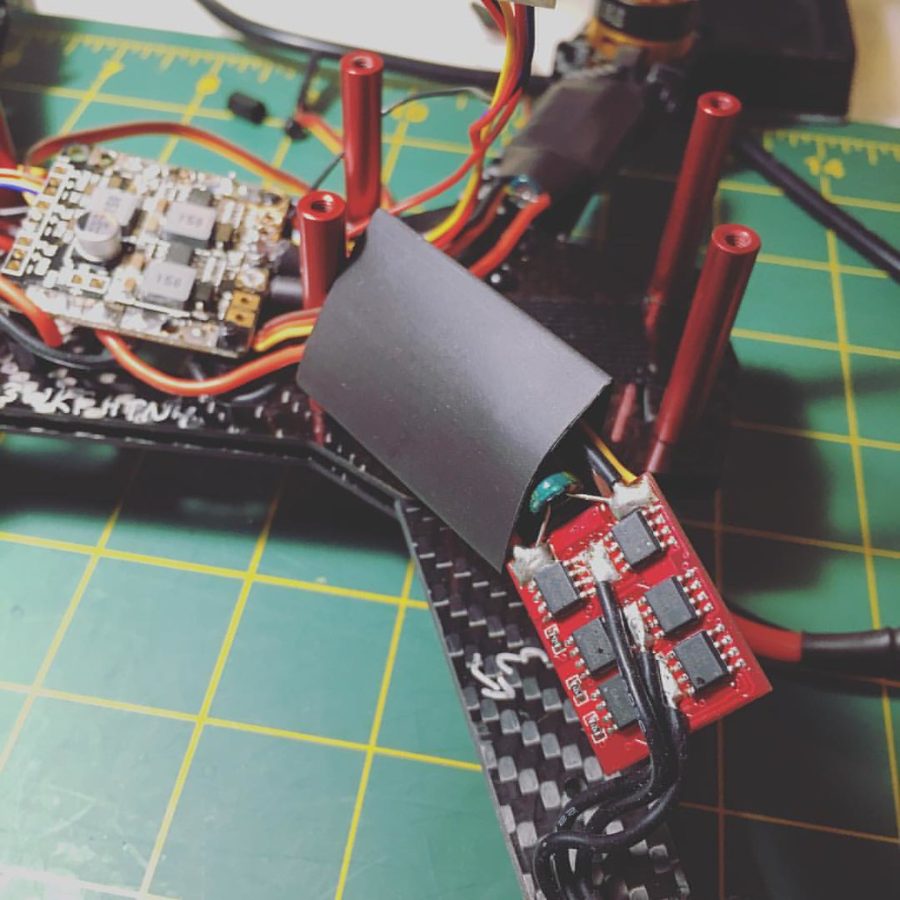What are transistors and how do we use them?
A transistor is a vital component in our everyday lives; they make up your smartphone, laptop, pc, and even the microwave in your kitchen. Now what is this component that we call a “Transistor?” A transistor is a semiconductor that is like a gate for electricity. The MOSFET transistor is by far the most widely used transistor in the whole world, accounting for 99% of all transistors, so we are going to be mostly talking about this wonder for this article. There can be millions, or even billions of transistors in one CPU. Now how do CPU’s “think”? They are made of billions of transistors, but are they able to play a YouTube video? Transistors are used to make up logic gates and memory cells, which store and process data. They can process Boolean data, (AND, OR, NOT) and store binary data in memory cells. They are arranged in a specific way to follow the specific instructions, like running a YouTube video.
How do transistors they work?
Inside the group of MOSFET transistors, you’ll find tens thousands of different models of MOSFETs, but most work the same way, just with different specifications. For example, the P55NF06.
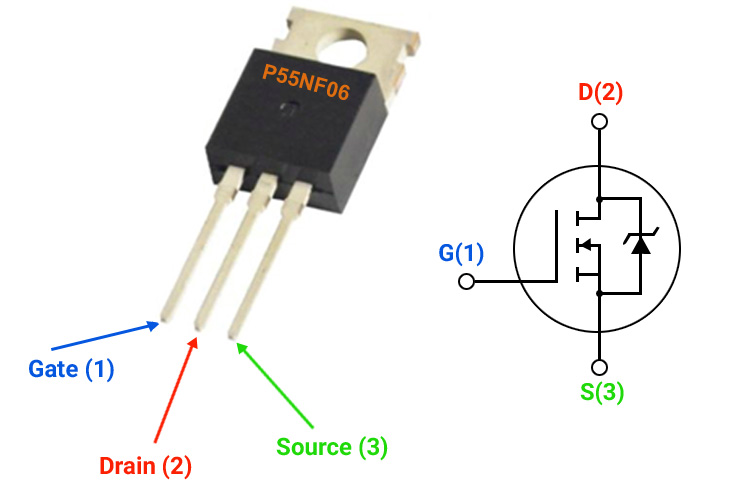
This MOSFET, like most has a Gate, a Drain, and a Source. Here’s where the gate action comes in; when you supply power to the gate, it acts like a gate and opens it, allowing current to flow from the Drail to the Source. I know, the name is confusing, “The current enters through the Drain??” Yes. It’s a historical naming convention that has been used in semiconductor device design for many years. Speaking of history…
The History of Transistors
In 1926, Julius Edgar Lilienfeld patents the first field-effect transistor (FET) concept. However, his device was never built.
The transistor was successfully demonstrated on December 23, 1947 at Bell Laboratories in Murray Hill, New Jersey, which won the Nobel Prize in Physics for this invention in 1956. This type of transistors were vacuum tubes, which are very different from the transistors we have now.
In the 1950s, the commercial production of transistors begins, and they quickly replace vacuum tubes in various electronic applications due to their small size, low power consumption, and reliability.
In 1954, Texas Instruments introduces the first silicon transistor, marking a shift from germanium to silicon as the primary semiconductor material.
1960s, The development of integrated circuits (ICs) leads to the miniaturization and increased functionality of electronic devices.
MOSFETs are introduced, laying the foundation for the digital integrated circuits that power modern computers and electronics.
In 1971, the TMS1802NC, was invented by Texas Instruments. Intel Corporation also created the 4 bit microcontroller called i4004. While the TMS1802NC was an early integrated device, but the Intel 4004 was the first microprocessor.
Transistors in our everyday lives
Transistors are now in every aspect of our lives. From your computer to your phone, from your microwave to the old guitar in your basement, they are in any electronic device you can think of, and some you might not even notice. The most common transistor group is known as the CPU. The CPU is the Central Processing Unit, and is like the brain of your computer, though this name is often disputed, because technically the CPU, GPU, RAM, and SSD work together to create “brain”, but the CPU does the “thinking”. A CPU composes of Billions, of transistors, such as the i9–13900K, which have up to about 26 billion transistors. 26. Billion. All inside your everyday computer.
